Input interpretation

3-methylheptane
Chemical names and formulas
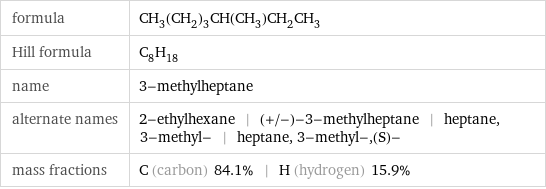
formula | CH_3(CH_2)_3CH(CH_3)CH_2CH_3 Hill formula | C_8H_18 name | 3-methylheptane alternate names | 2-ethylhexane | (+/-)-3-methylheptane | heptane, 3-methyl- | heptane, 3-methyl-, (S)- mass fractions | C (carbon) 84.1% | H (hydrogen) 15.9%
Lewis structure
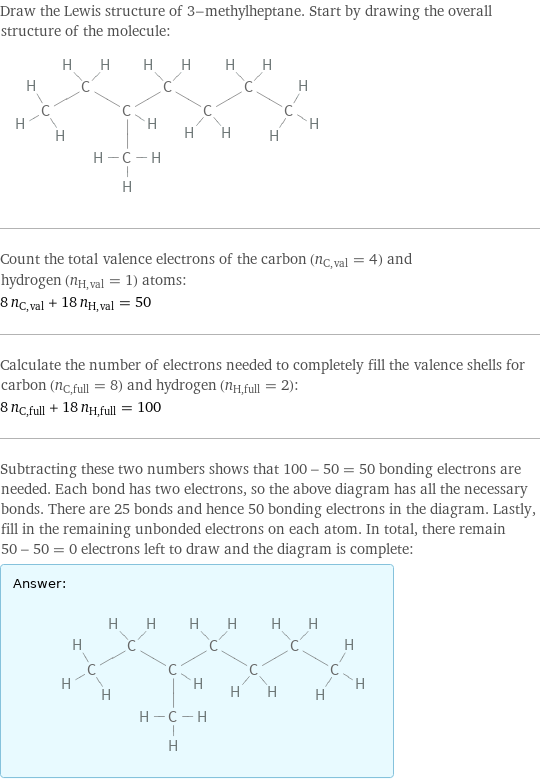
Draw the Lewis structure of 3-methylheptane. Start by drawing the overall structure of the molecule: Count the total valence electrons of the carbon (n_C, val = 4) and hydrogen (n_H, val = 1) atoms: 8 n_C, val + 18 n_H, val = 50 Calculate the number of electrons needed to completely fill the valence shells for carbon (n_C, full = 8) and hydrogen (n_H, full = 2): 8 n_C, full + 18 n_H, full = 100 Subtracting these two numbers shows that 100 - 50 = 50 bonding electrons are needed. Each bond has two electrons, so the above diagram has all the necessary bonds. There are 25 bonds and hence 50 bonding electrons in the diagram. Lastly, fill in the remaining unbonded electrons on each atom. In total, there remain 50 - 50 = 0 electrons left to draw and the diagram is complete: Answer: | |
3D structure
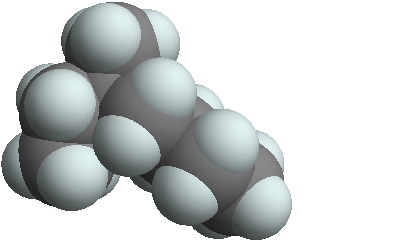
3D structure
Basic properties
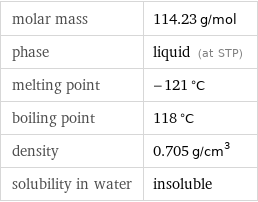
molar mass | 114.23 g/mol phase | liquid (at STP) melting point | -121 °C boiling point | 118 °C density | 0.705 g/cm^3 solubility in water | insoluble
Units

Liquid properties (at STP)
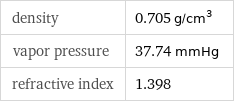
density | 0.705 g/cm^3 vapor pressure | 37.74 mmHg refractive index | 1.398
Units

Thermodynamic properties
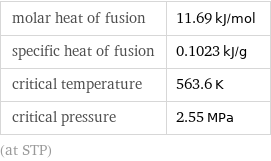
molar heat of fusion | 11.69 kJ/mol specific heat of fusion | 0.1023 kJ/g critical temperature | 563.6 K critical pressure | 2.55 MPa (at STP)
Chemical identifiers
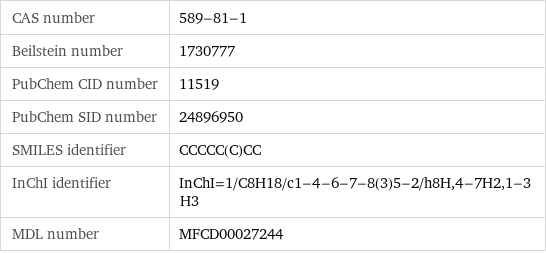
CAS number | 589-81-1 Beilstein number | 1730777 PubChem CID number | 11519 PubChem SID number | 24896950 SMILES identifier | CCCCC(C)CC InChI identifier | InChI=1/C8H18/c1-4-6-7-8(3)5-2/h8H, 4-7H2, 1-3H3 MDL number | MFCD00027244
Safety properties
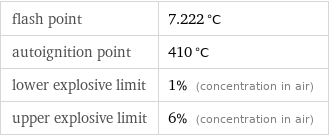
flash point | 7.222 °C autoignition point | 410 °C lower explosive limit | 1% (concentration in air) upper explosive limit | 6% (concentration in air)

DOT hazard class | 3 DOT numbers | 1262